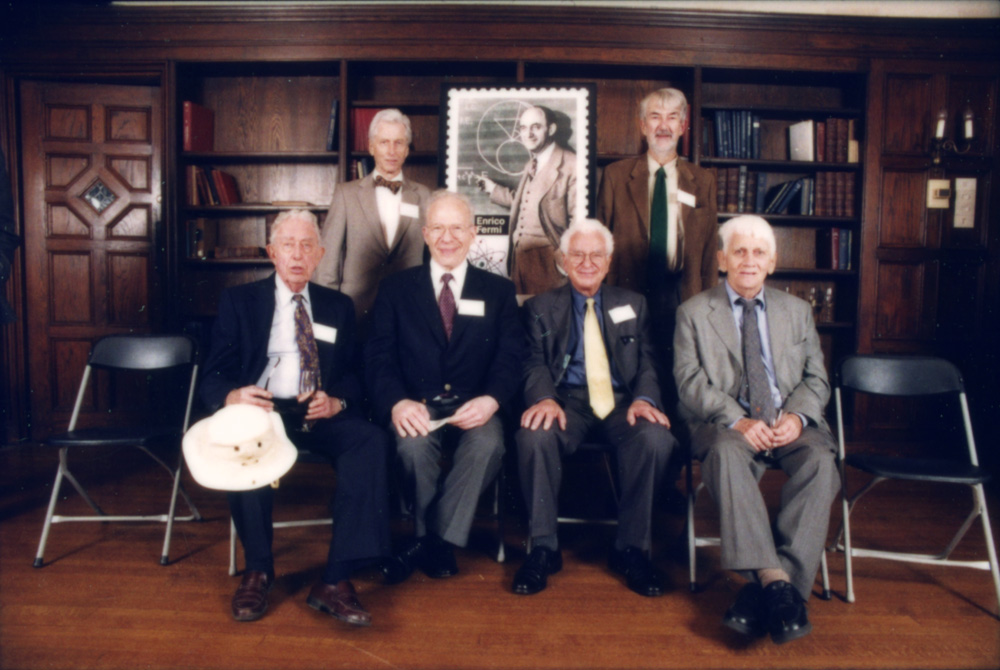As students in the College begin bidding for autumn quarter courses this week, they may notice some changes in the publications distributed by the registrar’s office, including an out-of-date course catalog book and the disappearance of full-year time schedules.
The course catalog book, containing descriptions of classes and concentration requirements, will not be freshly printed for the 2003-2004 academic year. Instead, the course catalogue used for the 2002-2003 academic year–with now-incorrect information about select classes and concentrations–will be used for a second year.
Administrators decided last year to use the book for two years and devote the money saved to improving the online posting of course descriptions and time schedules. Though the University will likely return to publishing a yearly course catalog in the spring of 2003, Susan Art, dean of students in the College, maintains that the decision to not publish a new catalog for the 2003-2004 academic year was not a mistake.
“It was not a failed test,” Art said. “We knew it would need to be updated through the year.”
Courses and concentrations with incorrect information in the catalog include the Interdisciplinary Studies in the Humanities concentration (listed in the catalog under its old name, General Studies in the Humanities), the Sociology concentration, and an Intro to Honors Chemistry class, among others, Art said. According to Michael Jones, associate dean for progress and development, the reason for printing the catalog biannually is economic. Printing the 2002-2003 catalogs cost the University $75,000.
Jones said that the main reason to keep the course catalog in print is that the admissions office sends them to prospective students’ homes. “The admissions office also finds [the course catalog book] helpful to show visiting students,” Jones said. “Also, students, professors, and advisors are used to having it in print and ready within reach.”
Another change is the discontinuation of the printed full-year time schedule, which was a tool for students to plan their yearly course-loads. Administrators say it will be replaced with an online schedule, which will be refreshed daily. Currently, however, neither the registrar’s Web site nor the College’s Web site has a full-year time schedule posted.
According to Art, the online course catalog–which lists all courses to be offered and the quarter in which they will take place–serves as an adequate substitute for students who wish to plan a schedule their entire academic year.
Also, autumn quarter time schedules will be printed in the fall about a week later than normal–administrators are hoping for early September–in order to maximize accuracy.
Many advisors are pleased with the elimination of the printed full-year time schedule, and had recommended discontinuing it.
Art said that advisors considered the paper schedules wasteful. As soon as they were printed, they quickly became out-of-date as professors’ plans and building accommodations inevitably changed.
“The annual time schedule was a planning document for next year,” Art said. “We know students like a physical book they can look through for schedules, but because of the changes that departments can instantly make, the time schedule was provisional and sketchy.”
Another limitation of the printed schedules was that since they were geared only to students in the College, they did not include graduate courses.
“We reasoned that with self-registration online, students can view the annual time schedule as it is updated,” Art said, adding that no one has complained to her about the discontinuation of the yearly time schedule books.
Andrew Hannah, senior associate in the office of the registrar, referred to the annual time schedule as a remnant of pre-online registration, when students manually registered for all three quarters at once–a practice which was replaced by quarterly registration four years ago.
Hannah said that the University has posted time schedules online for a decade.
“We set a deadline for the departments to send in their courses for next year,” he said. “But as it became easier to post changes online, departments sent more changes online after the time schedule came to press, making the document inefficient, particularly with the number of changes for spring quarter.”
This difficulty was echoed by Thomas Black, the University registrar, who said that it was cumbersome for his office to have to repeatedly ask every department what they were offering, especially as courses changed.
Black described the discontinuation of the printed schedule in terms of a movement to computerize the registration process. Another goal of the registrar’s office, according to Black, is to make the course bidding system more interactive and efficient.
“The year-round schedule had information that was highly volatile; it was a best-guess, a snapshot,” Black said. “We thought an online schedule would be better informed, with an update regimen that was in real time, and always refreshed.








